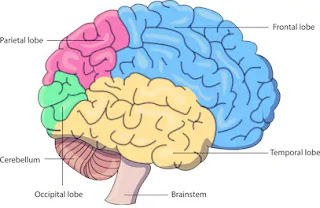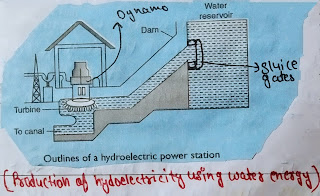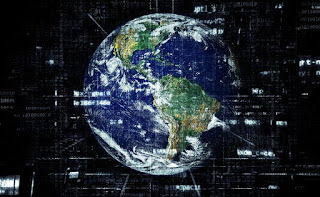Cbse social science notes class-10th chapter-Money and Credit
Cbse notes social science class-10th
Money And Credit Social chapter(economic)
Money and Credit
→In the early times, people used to exchange one Commodity for another, depending on their requirements under the barter system. However, exchanging goods in the barter system required a double Coincidence of wants.
→But money eliminates the need for a double coincidence of wants.Since money enables the exchange process, it is called a Medium of exchange. Early forms of money were things of use.
→Modern Currency:
•Uses paper notes and coins made of relatively inexpensive metals.
•Have no value of its own.
•Has a value only because it is authorised by the government of a country.
→In India , the Reserve Bank of India is the only legal authority that can issue currency notes and coins on behalf of the Central Government.The Rupee is India's currency and nobody can refuse to accept a payment made in rupees in India.
→People deposit their extra cash in bank.A bank in addition to keeping the money also pays interest on the deposit to the depositor.Thus, bank deposits are also called demand deposits.
→A person simply needs to have an account with the bank to deposit money.A cheque can be used to make payment directly from a bank deposit without using cash.
→A cheque is a written instruction to a bank by an account holder to pay a specific sum to a specific person from his deposit.A cheque has all
Credit Terms and types
→As per the Reserve Bank of India, bank hold about 15℅ of their deposits as cash to arrange for daily withdrawals by depositors.
→A major portion of the remaining deposits is used by banks to give loans to people.The depositors of a bank are allowed to withdraw their deposits on demand and are paid interest on their deposits.The borrowers taking loans repay it to the bank along with interest.
→The interest charged on loans is more than the interest paid by the bank on deposits.The difference between the interest changed on loans and the interest paid on deposits is the bank's income or profit.
→The loan given by bank is also referred to as credit.
→A loan or credit is subject to certain conditions that the borrow must agree to.These conditions are called terms of credit and include:
•A specified rate of interest.
•Security against the loan to recover the money if the borrower fails to repay it.This security is called collateral.
•The assets accepted as collateral are land or property,vehicles, livestock, standing crops and bank deposits.
•A barrow needs to submit certain documents like proofs of identity, residence, employment and income to avail a loan.
•The lender reserves the right to sell the collateral in case of non-repayment to recover the loan amount.
Formal and Informal Credit
The different sources of credit are:
→Bank
→Traders
→Cooperative societies
→Landloards
→Moneylenders
→Relatives and friends
→Formal credit is generally available with the banks and cooperatives.They charge lesser rates of interest than informal institutions.The Reserve Bank of India (RBI)supervises the functioning of the formal sources of loan.
→Informal lenders include money lenders, traders, employers, relatives and friends, etc.They charge much higher interest on loans.There is no one to stop them from using unfair means to get their money back.








Comments
Post a Comment
Use the respectfully words in comment box.